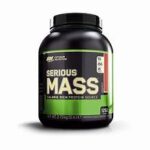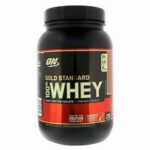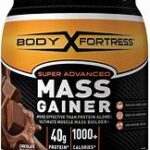When you factor in the temptation we all feel to grab less-than-healthy options, going to the grocery store becomes more of a battle than a chance to fill your cart. However, by following these simple shopping tips, you can avoid the stress and leave the market with bags full of healthy options.
- Wheat flour, breads, and grains
Select foods that say “100% whole grain” on the label or in the ingredient list. Pasta, pita bread, and tortillas are all available in delicious whole-grain varieties. To add new flavors to your healthy meals, experiment with alternative whole grains such as quinoa, amaranth, millet, and wild rice.
- First, eat something.
Eating anything really before you go grocery shop helps you avoid buying junk food or overfilling your cart. Try dipping apple slices or celery sticks in peanut butter before going shopping, or pair whole grain crackers with a small portion of mature cheddar like parmesan, reduced swiss, or low-fat cheddar.
- Foods, both canned and dry, and oils
All canned goods should have serving sizes and sodium content listed on the label. This section contains an abundance of protein. Protein-rich options include canned and dried beans, dry lentils, and canned tuna. For cooking and flavoring, use bottled olive and nut oils instead of butter and margarine. These oils are high in unsaturated fats, which are good for your heart.
- Examine the Labels
Items containing refined (white) flour, high-fructose corn syrup, hydrogenated oils, preservatives, or artificial flavors, colors, or sweeteners should be avoided. Processed foods are higher in calories and less likely to contain the vitamins and minerals your body requires.
- Perimeter Shopping
The freshest, least processed foods can be found in the grocery store’s outer aisles: fruits, vegetables, meats, fish, dairy, and breads. Aim to get the majority of your foods there.
- Select Seasonal Produce
Seasonal fruits and vegetables are typically more nutritious, abundant, tasty, and affordable than out-of-season counterparts, making them an excellent choice all around.
- Freezer
Purchase frozen fruits and vegetables that have no added salt, seasonings, or sugar. You have more control over the nutritional content when you add flavorings yourself during cooking. When you want something frozen, opt for frozen yogurt, ice milk, or sherbet, which contain less saturated fat than ice cream.
- Think about Convenience.
You’re pressed for time, but you still want to eat a well-balanced diet. Pre-grilled chicken or pre-cut broccoli will most likely cost more, but the extra cost may be worth it if it means eating healthier foods on a regular basis.
- Stock up on Frozen Fruits and Vegetables
Because they aren’t packed in sugary syrups, flash-frozen fruits and vegetables are picked at their peak and have nearly the same nutritional value (if not better!) as their fresh counterparts, often at a lower cost. Keeping these items in your freezer ensures that you have healthy snacks and meal ingredients on hand at all times.
BOTTOM LINE:
Plan your grocery trip before you leave the house. Make a grocery list with the necessary ingredients and plan healthy meals. Focus on foods that promote a balanced diet if you are making changes to improve your health or regulate your body weight.










